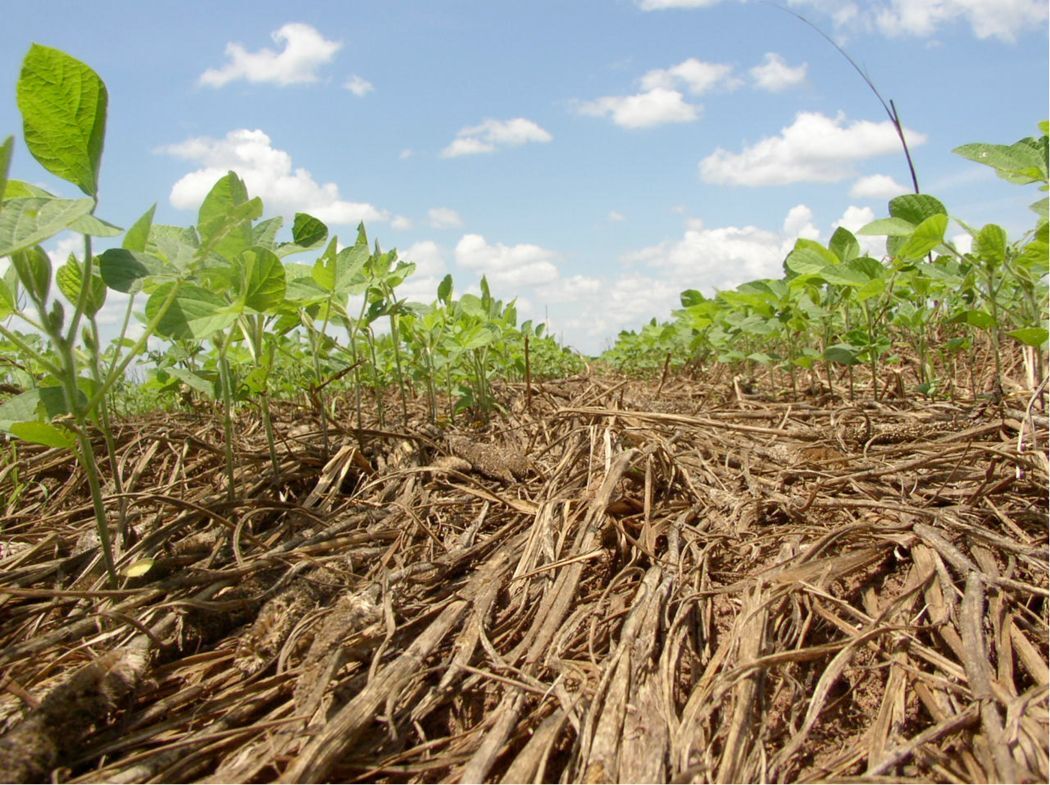
In the world of modern agriculture, No-Till farming has gained significant attention for its potential to improve farming techniques while promoting environmental sustainability. No-till farming, an alternative method to conventional tillage, is steadily gaining traction among agriculturalists due to its myriad benefits.
One of the primary advantages of no-till farming is its contribution to soil conservation. By leaving the soil largely undisturbed, this technique helps prevent soil erosion, a major concern in many farming regions. Preserving the integrity of the topsoil ensures the retention of essential nutrients and organic matter, thereby improving soil quality and fostering long-term agricultural productivity.
Moreover, no-till farming aids in reducing carbon dioxide emissions. By minimizing soil disturbance, farmers can prevent the release of carbon stored in the soil. This significantly contributes to the mitigation of climate change, as the sequestration of carbon in the soil helps offset greenhouse gas emissions, playing a vital role in the battle against global warming.
Additionally, the adoption of no-till practices promotes water conservation. The undisturbed soil acts as a natural barrier, reducing water runoff and enhancing water infiltration. This, in turn, helps to conserve water resources, particularly in regions facing water scarcity, ultimately leading to more sustainable and efficient water management in agriculture.
Furthermore, no-till farming can be economically advantageous for farmers. By reducing the need for intensive tilling, farmers can cut down on labor, fuel, and machinery costs. Additionally, the preserved soil structure often results in higher crop yields, further contributing to the economic viability of this farming technique.
Although no-till farming presents numerous benefits, its successful implementation requires careful consideration of crop rotation, weed management, and pest control strategies. The addition of cover crops also benefits no-till farming techniques by keeping the soil covered year-round. Despite these challenges, the potential long-term benefits of improved soil health, reduced environmental impact, and enhanced economic sustainability make no-till farming a promising approach for the future of agriculture. Many producers in Madison county have implemented no-till practices into their operation’s and realized the economical benefits it can provide.
The Natural Resource Conservation Service (NRCS) plays a crucial role in supporting and promoting sustainable agricultural practices, including the adoption of no-till farming techniques. Several programs and initiatives have been established by the NRCS to encourage and assist farmers in transitioning to and implementing no-till practices. Some of those programs include the Conservation Reserve Program (CRP), Conservation Stewardship Program (CSP), and the Environmental Quality Incentives Program (EQIP).
As the global community strives to achieve sustainable development goals, the promotion and adoption of no-till farming practices could play a pivotal role in ensuring a greener, more resilient agricultural landscape, paving the way for a sustainable and prosperous future.
If you are interested in no-till farming practices or programs available to assist in the implementation of no-till farming techniques contact the Madsion Soil and Water Conservation district at 740-852-4004 and ask for Broc Sehen District Tech. Or look us up at www.madisonsoilandwater.com

